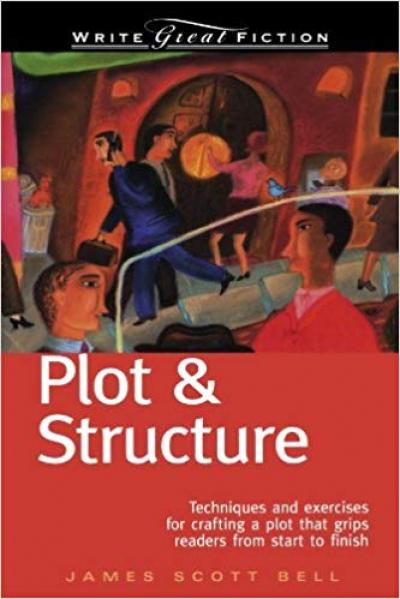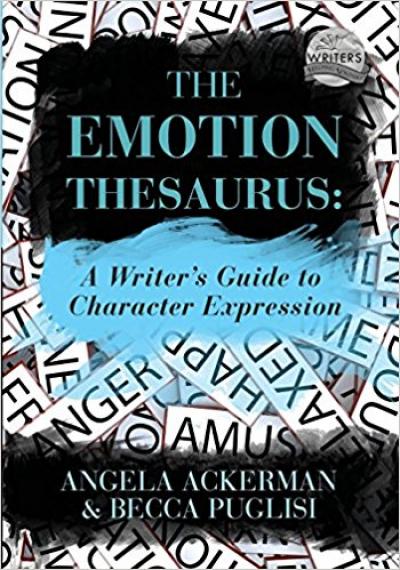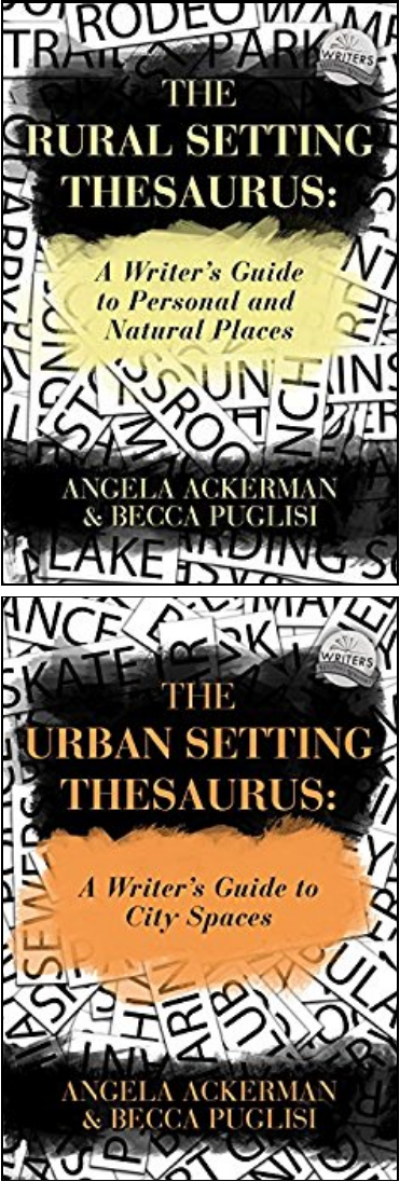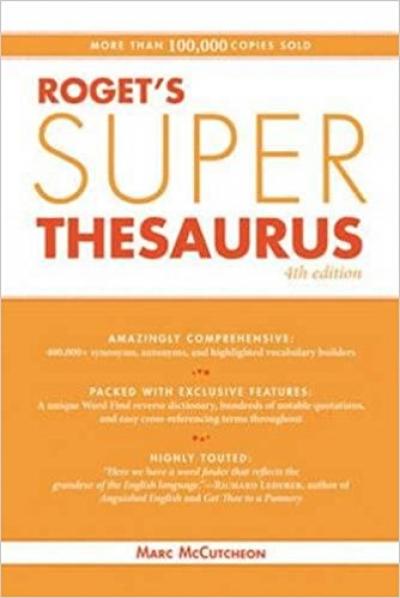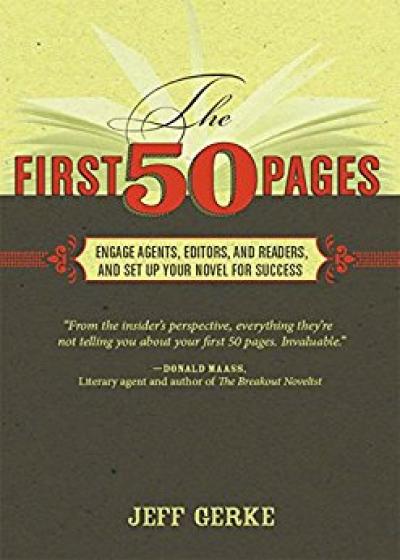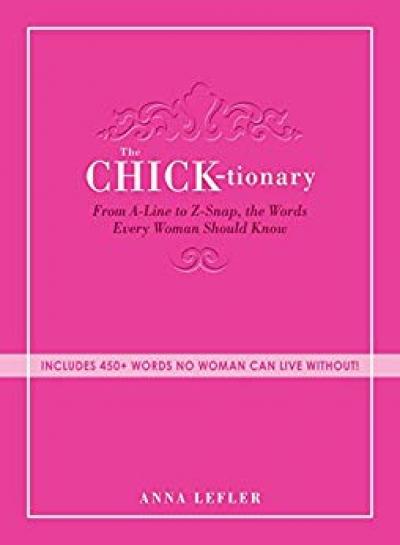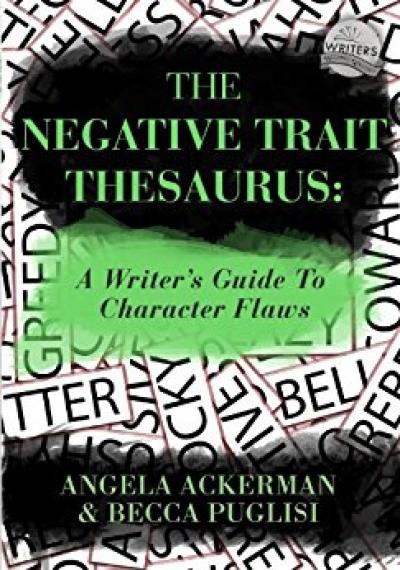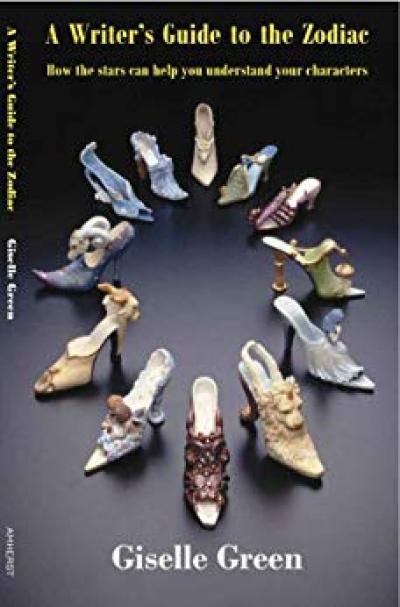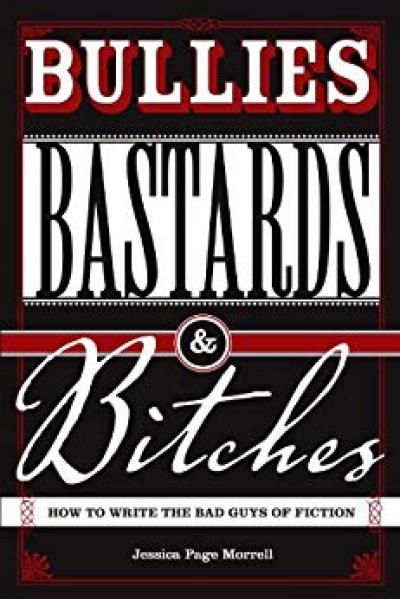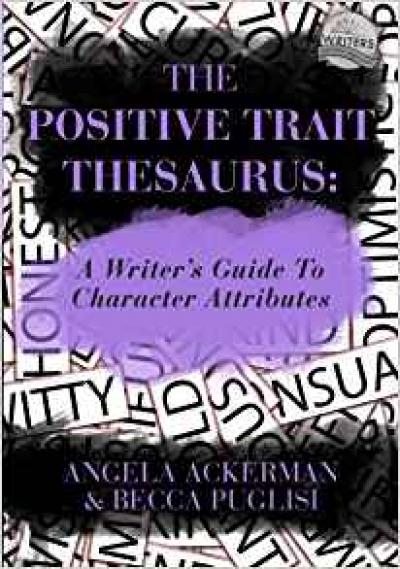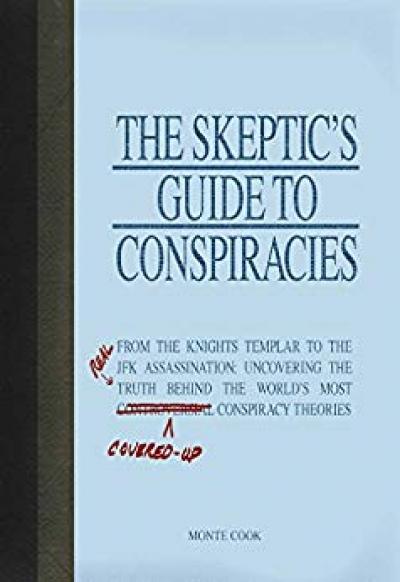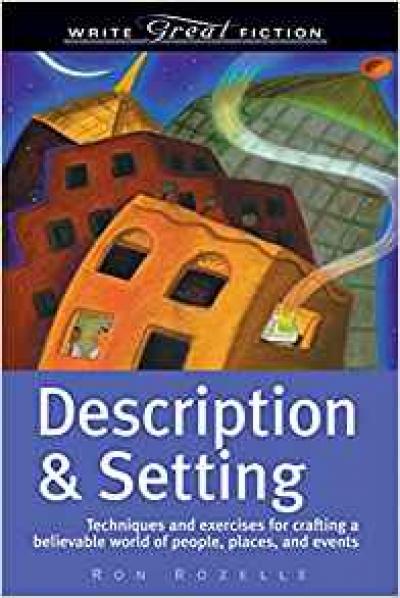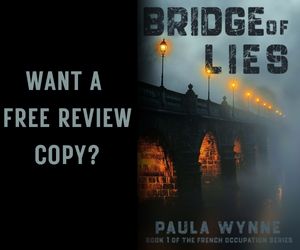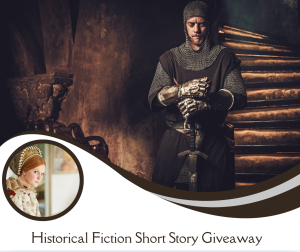Description And Setting In A Novel by Ron Rozelle
For a story to be successful, it must come alive on the page. With 'Description & Setting', writers will learn how to make every detail count as they create believable people, places and events.
How to you do this? By creating a believable world, which includes places where your fictional characters wonder around. But just how important is setting to your story? How much description is too much? And in what ways can you as an aspiring novelist use setting and description to add depth to your story?
I recently reviewed three books in the Writer's Digest Write Great Fiction Series for novelists:
- Description and Setting by Ron Rozelle
- Plot and Structure by James Scott Bell
- Dialogue by Gloria Kempton
Write Great Fiction
In the Write Great Fiction Series of writing books to improve your craft of writing, Description and Setting by Ron Rozelle you’ll find practical exercises at the end of each chapter.
But as a novelist plotting out your first book you need tips and and techniques to guide you through hooking your readers in with some description on the settings in which you place your fictional characters. Right?
Ron hopes to help you establish a realistic sense of time and place and use evocative descriptions to drive your story forward. More importantly, he aims to tell you how to avoid description from cluttering your story. In the books I have reviewed on writing a thriller one the important points I have gleaned is to ensure you don’t let description run over pages and pages or even one page. If you want a novel or thriller with pace and having your readers moving like mad through your pages, you cannot have loads of description. Quite simply, it will slow your page right down.
So, how do you ensure evocative and authentic descriptive scenes without churning your story to a halt?
Use Remblance To Create Writing Pictures
My favourite part of Ron’s book on description and setting is how to show resemblance when writing about a place for your fictional characters to be in your story. Metaphors, Similes, Analogies, Allusions and Personification.
Personification is a figure of speech that bestows human actions or sensibilities onto inanimate objects and ideas.
Ron says the use of personification is the perfect opportunity for you to make clear in your reader’s mind an action that is important in your story. it is a dull description to say that the warm water of a swimming hole touched a character’s arm, yet extremely more effective to say that it caressed it. We have all beenby a wave or kissed by the wind or heard the wind singing in the trees or maybe had that last piece of pie calling out our name.
Your settings mustn’t be a backdrop that thumps down onto the stage when a scene changes. Instead, says Ron, make them a vibrant and believable place.
Ron also goes into great detail about using the five senses to bring setting and scenes to life. He gives this example of a great description from Cormac McCarthy’s Cities of the Plain:
Billy peered out at the high desert. The bellied light wires races against the night.
Clearly this uses unexpected images – uncommon phrases – to paint precise images in the reader’s mind. Describing something or someone in such an unusual way – like this writer calling the power lines ‘bellied’ – makes the reader pay a little closer attention and remember the image better. We can just imagine the power lines having races against the dessert – see how cleverly this object becomes animated.
Ron says that us aspiring novelists must pay special attention to what everything looks like, so that we can show it in our writing. We must focus on the fine points of colours, lighting, shadows, shapes and textures as closely as we note the bigger aspects of what will end up in our story pages.
Paula Wynne is the founder of Book Luver.
Paula's Writers' Resource Series features the following books: Pimp My Fiction: How to Write a Novel with The Ultimate List of Creative Writing Books to Create A Plot & Build Character; A~Z Writers’ Character Quirks: A~ Z of Behaviours, Foibles, Habits, Mannerisms & Quirks for Writers’ to Create Fictional and 101 Writers’ Scene Settings: Unique Location Ideas & Sensory Details for Writers’ to Create Vivid Scene.
Find out more about the Writers' Resource Series here. If you would like to find out how to write a bestselling novel, download a free copy of Paula's Pimp My Fiction.
Follow Paula on Amazon's Author Central to find out when she publishes more books. Or you can follow Paula on Twitter and Facebook.


